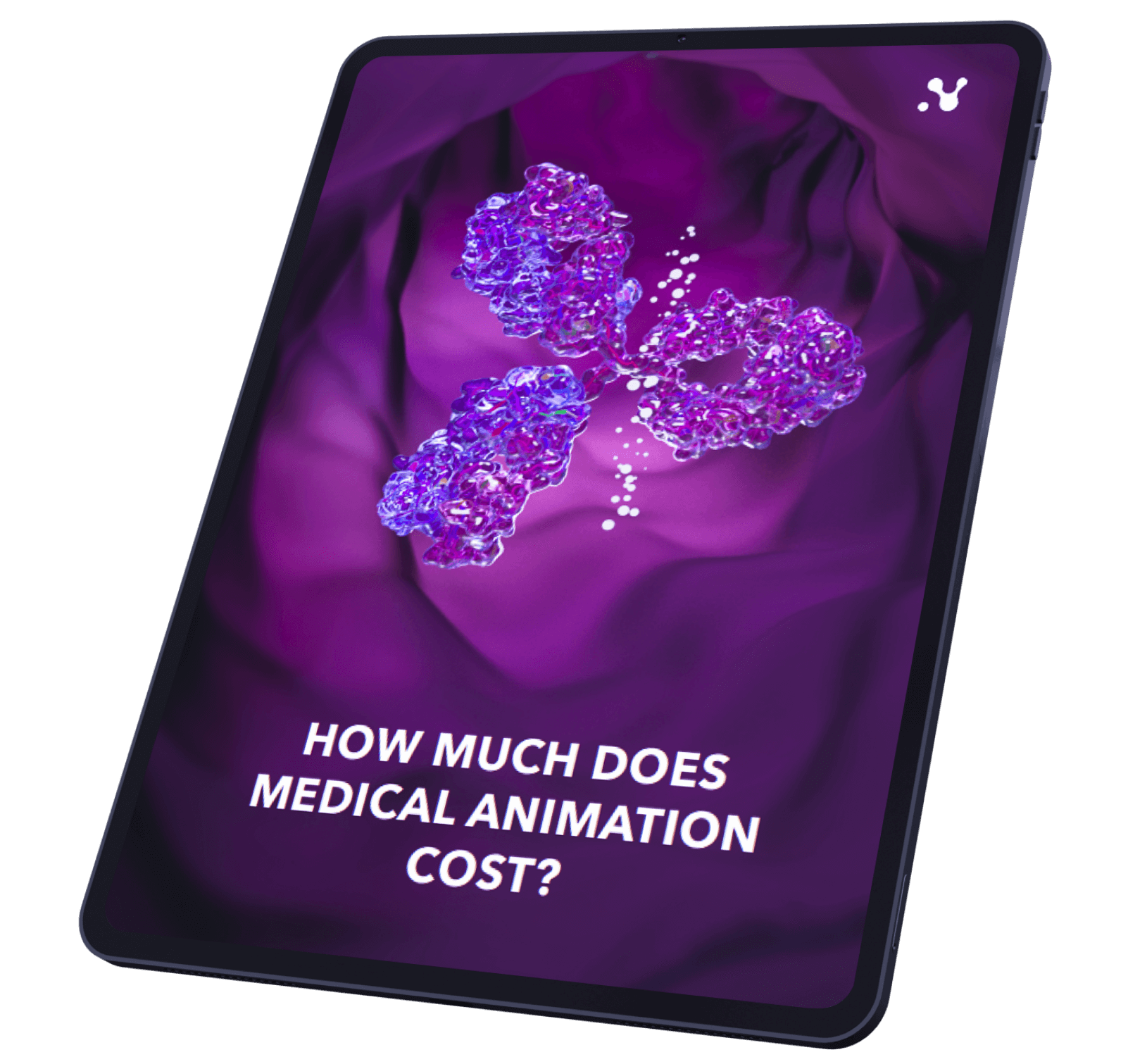In the last year, new gene-editing technology showed promising breakthroughs in cancer therapy. A British teenager, 13-year-old Alyssa, was diagnosed with T-cell acute lymphoblastic leukemia in 2021. T-cell acute lymphoblastic leukemia is a type of acute leukemia that affects the stem cells in the bone marrow and progresses quickly. Alyssa was treated with all current conventional therapies for her cancer, including chemotherapy and a bone marrow transplant. Still, unfortunately, her disease came back, and there were no further treatment options.

Alyssa was the first-ever patient to receive a base-edited cell therapy after enrolling in a clinical trial. A month after the infusion and a subsequent bone-marrow transplant, her cancer, called T-cell acute lymphoblastic leukemia, went into remission.
The base-editing technology was invented only 6 years ago and was initially called “CRISPR 2.0.” Unlike prior CRISPR gene editing techniques, which act like cut-and-paste tools, base editing is much more targeted and precise. How is this precision possible?
DNA is made up of four types of nucleotides: adenine (A), thymine (T), guanine (G), and cytosine (C). The nucleotides attach (A with T and G with C) to form chemical bonds called base pairs, which connect the two DNA strands.

RNA-guided programmable nucleases from CRISPR systems generate precise double-strand DNA breaks at specified positions. In cells, this activity can lead to changes in DNA sequence, such as insertions, deletions, and translocations.
Base editing is a newer genome editing approach that uses components from CRISPR systems and other enzymes to directly install point mutations into cellular DNA or RNA without making double-stranded DNA breaks. Point mutation means converting one target base or base pair into another (e.g., A:T to G:C, C:G to T:A). Instead of DNA breaks, DNA base editors comprise fusions between a catalytically impaired Cas nuclease and a base-modification enzyme that operates on single-stranded DN but not double-stranded DNA. Upon binding to its target locus in DNA, base pairing between the guide RNA and target DNA strand displaces a small segment of single-stranded DNA in an “R-loop.” The deaminase enzyme modifies DNA bases within this single-stranded DNA bubble. To improve efficiency in eukaryotic cells, the catalytically disabled nuclease also generates a nick in the non-edited DNA strand, inducing cells to repair the non-edited strand using the edited strand as a template.

So far, two types of DNA editors, cytosine base and adenine base editors, have been developed. They were shown to efficiently and precisely edit point mutations in DNA with minimal off-target DNA editing.
To treat Alyssa’s cancer, a large team of doctors and scientists used base editing to engineer a new type of T-cell capable of hunting down and killing Alyssa’s cancerous T-cells. They started with healthy T-cells from a donor and set about modifying them. First, the scientists removed existing receptors so that T-cells from a donor could be banked and used without matching – making them ‘universal.’ The second edit was removing a ‘flag’ called CD7 that identifies them as T-cells (CD7 T-cell marker). Without this step, T-cells programmed to kill T-cells would simply end up destroying the product through ‘friendly fire.’ The third edit was removing a second ‘flag’ called CD52. This makes the edited cells invisible to some of the strong drugs given to the patient during treatment. And finally, scientists added a Chimeric Antigen Receptor, which recognizes the CD7 T-cell receptor on leukemic T-cells. The cells become armed against CD7 and recognize and fight T-cell leukemia. The result is edited CAR T-cells that can be given to the patient so that they rapidly find and destroy T-cells in the body, including leukemic T-cells.

The first clinical trial testing this kind of base-edited T-cell therapy is currently underway, and reports from the first patient given the treatment are stunning, to say the least. The preliminary clinical trial is looking to enroll another 10 patients over the coming years. Still, this leukemia treatment is just the tip of the iceberg for base editing technology because it’s only the beginning of what base editing can achieve.


